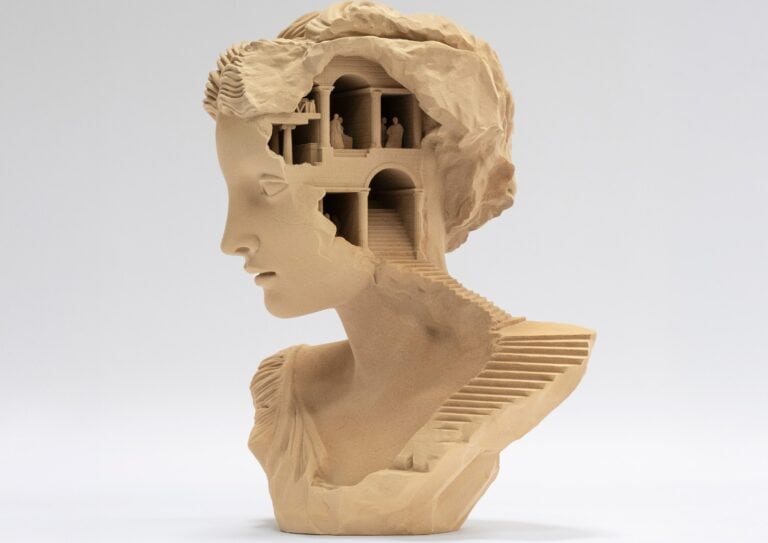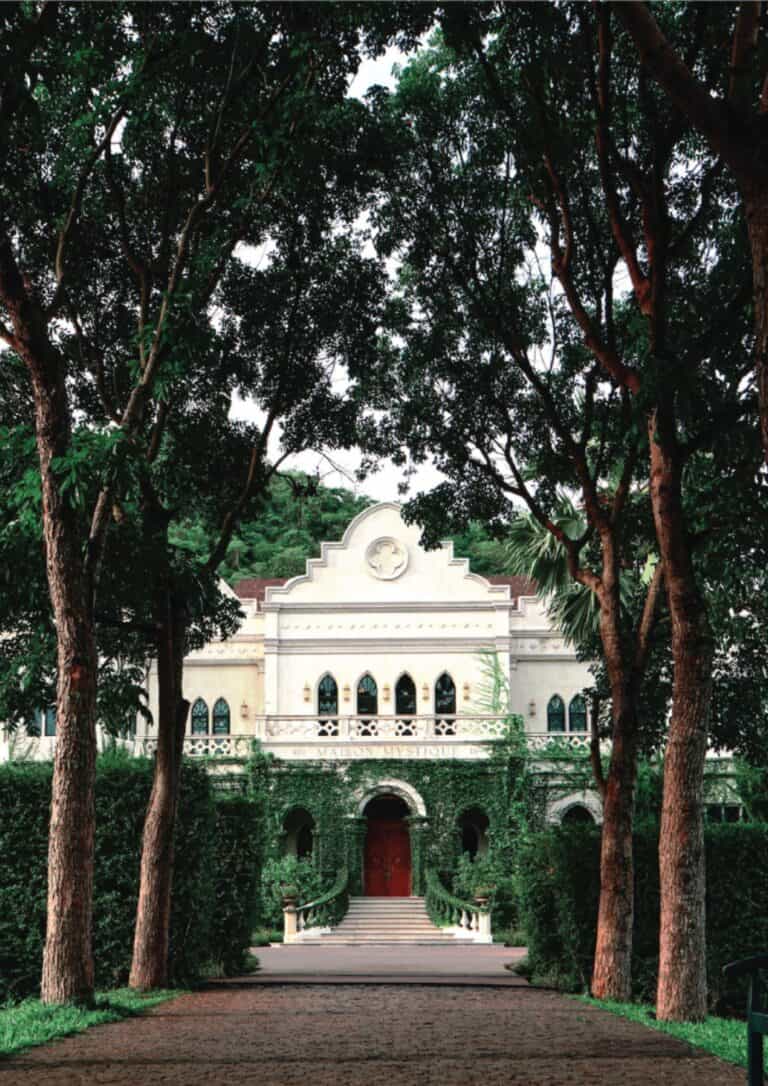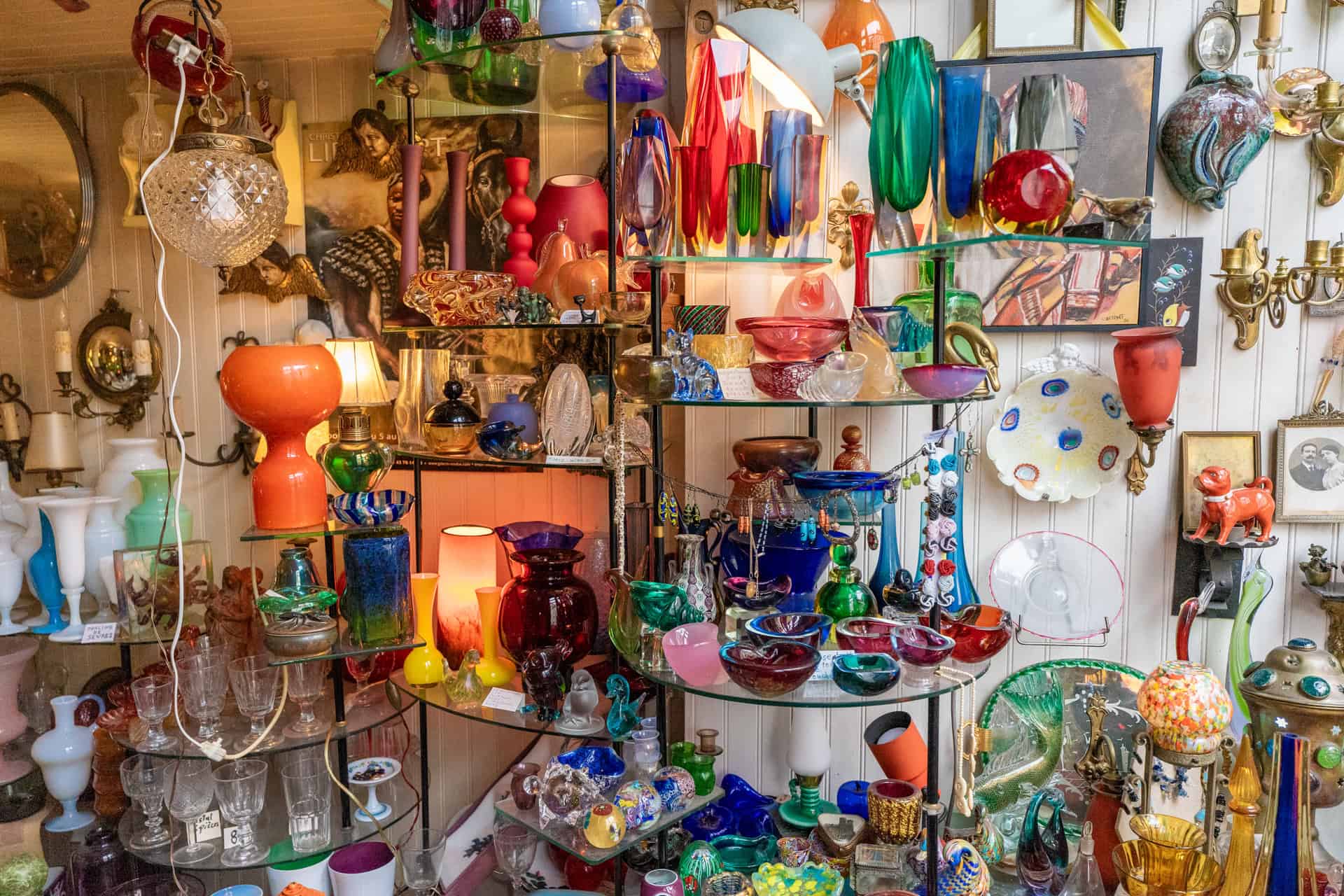
VERREGLASS MAKES ANTIQUE GLASS MODERN
Marie Loire Moulin
Verreglass makes antique glass modern. For centuries, glass has shaped civilizations. Over time, it became both utility and ornament. Once forgotten, antique glass now glows with new meaning in a Parisian cabinet of curiosities. Verreglass was born in a former auto-école. Nowadays, it’s a luminous sanctuary for antique glass. In a city famed for fashion and philosophy, one boutique turns light into legacy. As a result, glass has shaped civilizations. From Roman chalices to Art Nouveau vases, it captured more than reflection. It framed emotion. In the early 20th century, crystal meant prestige. Baccarat sparkled in salons. Murano echoed through Venetian corridors. Nevertheless, as plastic rose and trends turned synthetic, glass lost its place on the pedestal. Now, Verreglass restores its soul. In fact, it reclaims glass as both material and metaphor.
VERREGLASS: WHERE GLASS TELLS STORIES
A one-man curation with poetic instincts. Claudius Breig doesn’t just collect. He listens. Each object is chosen not for hype, but for heart. In addition, he rescues forgotten pieces from brocantes, private estates, and long-lost inventories. Think 1930s cocktail glasses with deco stems. For example, Murano ashtrays that glow like gems. Think Sèvres flacons whispering stories from vanity tables of vanished muses. As a result, he finds them, he frames them, he lets them speak again. Indeed, his eye transforms the overlooked into the unforgettable.
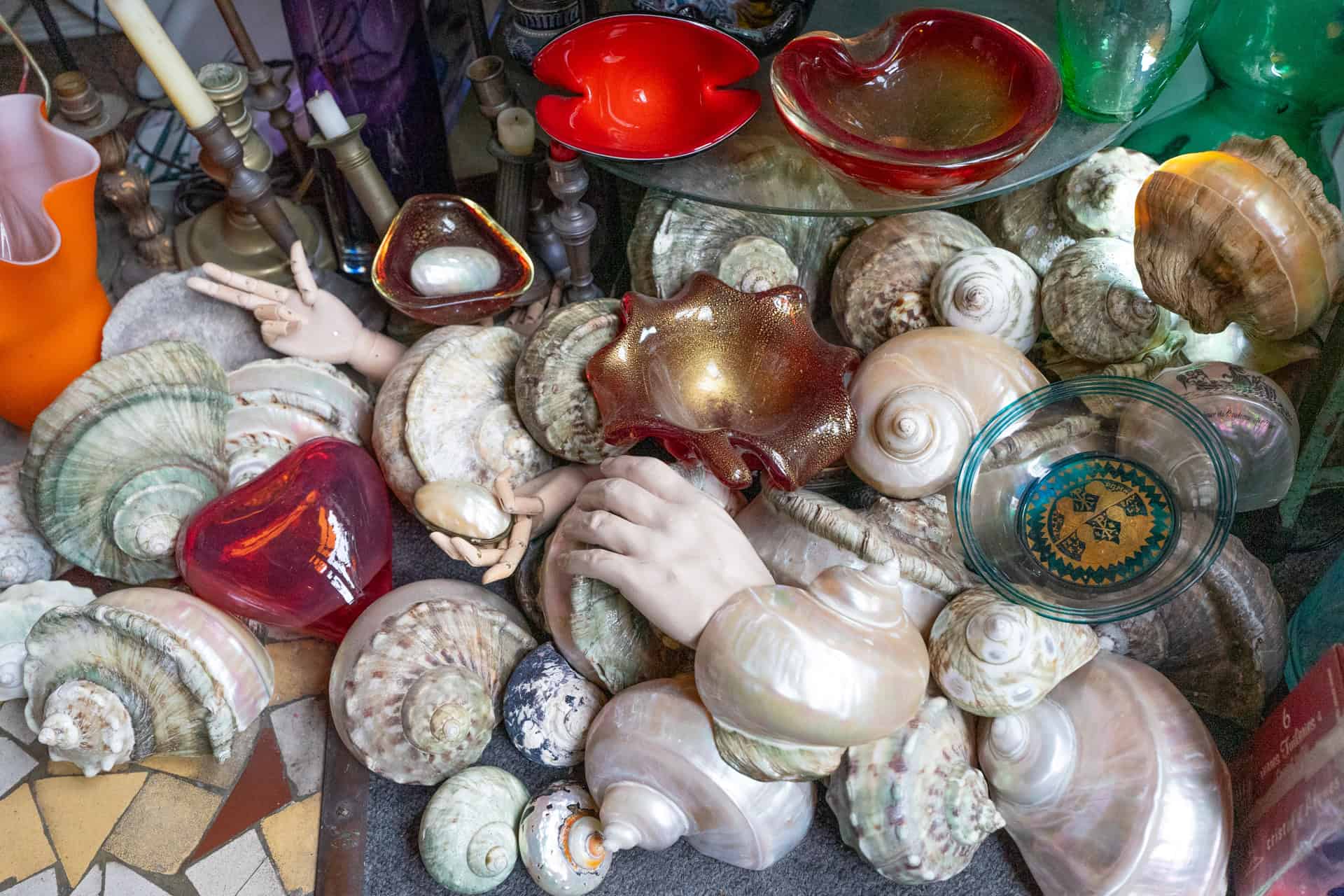
A SPACE THAT FEELS LIKE FICTION
Verreglass isn’t static. The boutique breathes. Depending on the light, a vase shifts from shy to seductive. Blue glass becomes shadow. Red reflects rebellion. As a result, no object stays the same. Instead, everything moves. Everything changes. As Claudius says, “Glass moves with time, like memory.” Clearly, memory is the real currency here. For instance, the space feels more like a film set than a store. There’s something theatrical about Verreglass. Perhaps it’s the Christian Libessart canvases lining the walls. Or it’s the way light filters in, refracting through vintage chandeliers. Alternatively, it may be the couch that dares you to stay a little longer. Still, you don’t just shop here. You explore. And suddenly, you’re not in Paris. You’re somewhere between Wes Anderson and Jean Cocteau.
WHO IS VERREGLASS MEANT FOR?
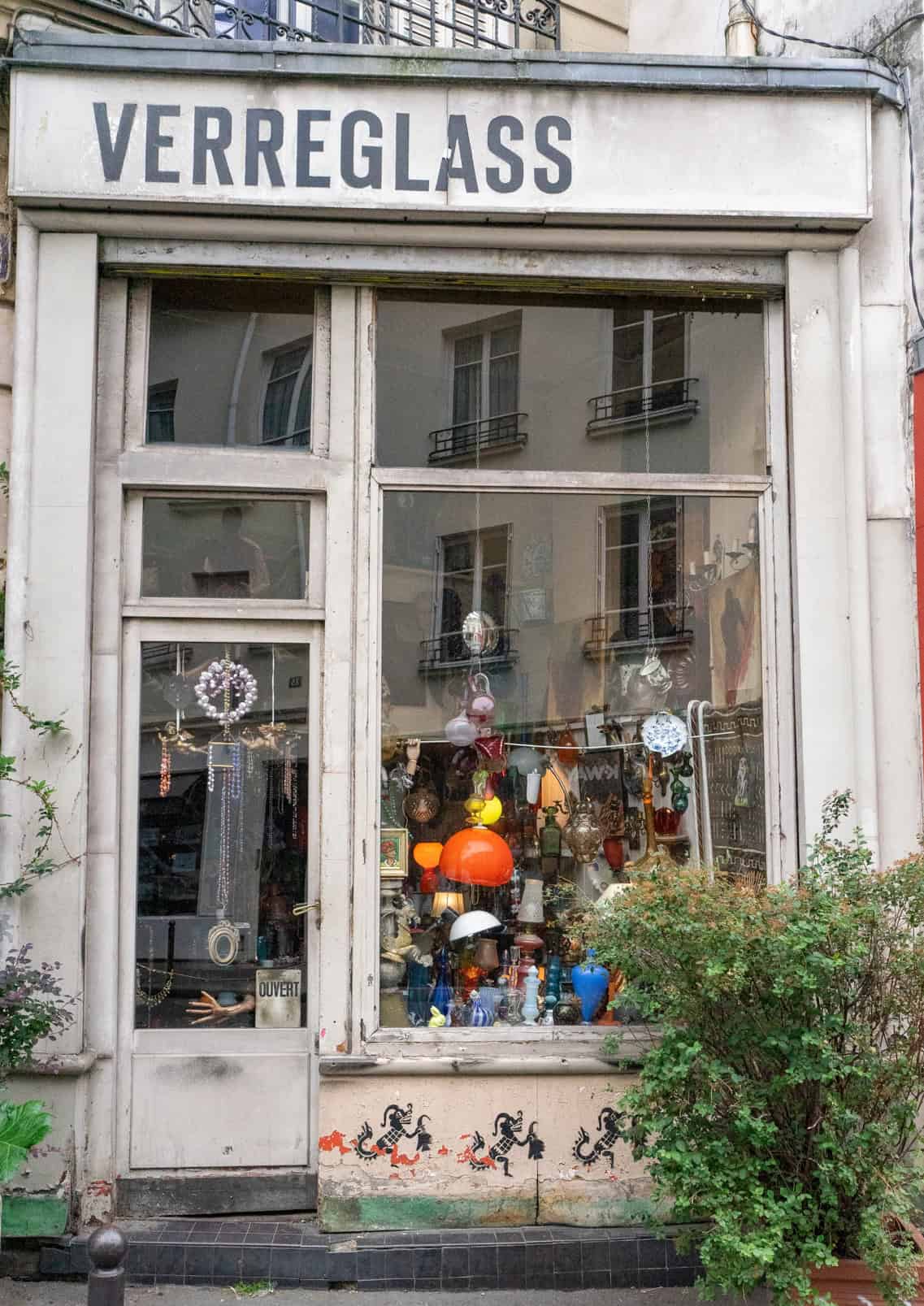
Verreglass is not a concept store. It doesn’t follow trends. It sets a pace apart. This place is for designers hunting soulful objects, stylists looking for cinematic texture, philosophical flâneurs who collect beauty like evidence. Moreover, it’s for anyone tired of disposable culture. In fact, here, everything has weight. After all, everything once mattered to someone.
HOW TO VISIT, WITHOUT RUSH
Located at 32 rue de Charonne, Verreglass is open Tuesday through Saturday. No e-shop. No frenzy. Just discovery. Thankfully, the charm is analog. Still, it feels current. Even essential.
WHY VERREGLASS MATTERS NOW
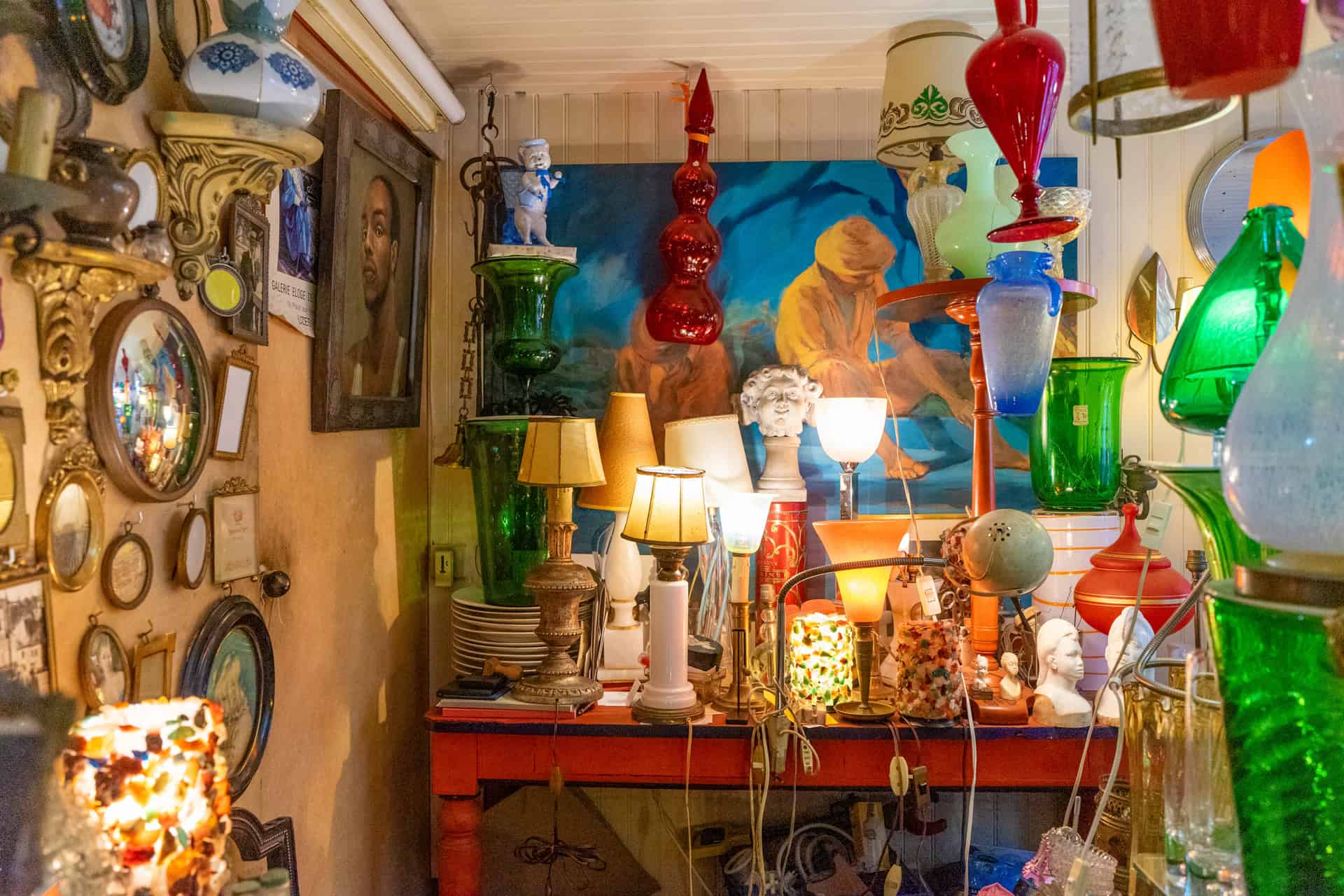
In an age of glossy perfection, Verreglass reminds us of imperfect splendor. Of patina. Of craft. As a result, it invites us to slow down, to touch time. In other words, Verreglass teaches us this: not all that shines is new. And not all that’s old is past.
Did you enjoy Verreglass makes antique glass modern? Discover how artist Faten Gaddes turns silence into art, just like Verreglass gives antique glass a second, shining voice.
Share this post
Marie Loire Moulin approaches fashion as an immersive language—one that expresses identity, character, and cultural influence. Echoing Jean Cocteau’s observation that “Fashion is what goes out of fashion,” Moulin embraces the paradox at the heart of her craft. For her, fashion is a living, breathing art form—constantly deconstructed, reimagined, and reshaped in response to the world around it.
What fuels Marie Loire’s creativity is the ability to blend worlds—to explore the intersections of fashion, technology, history, and art. She is inspired by how these disciplines collide to generate experiences that are not only visually compelling, but also deeply purposeful.
Moulin is particularly drawn to artistic expressions that serve as bridges—linking cultures, fusing tradition with innovation. Sustainability, for her, is not a buzzword but a foundation. She sees it as a long-term commitment to thoughtful creation, not a passing aesthetic.
As a stylist working with actors on film sets, Marie Loire thrives on transforming a director’s vision into living, breathing characters. Through wardrobe and silhouette, she builds atmospheres that tell stories—stories of emotion, intention, and presence.
Her creative drive extends into virtual reality and immersive art, where she explores how emerging technologies can shift perception and spark connection across cultural boundaries. For Moulin, the digital realm is just another canvas—one that, when used with care, has the potential to resonate as powerfully as the physical world.
Whether on set or in virtual space, Marie Loire seeks originality and depth. Her work is marked by richly layered references, a reverence for detail, and a belief that fashion—at its best—can speak not just to the eye, but to the mind.
Read Next


